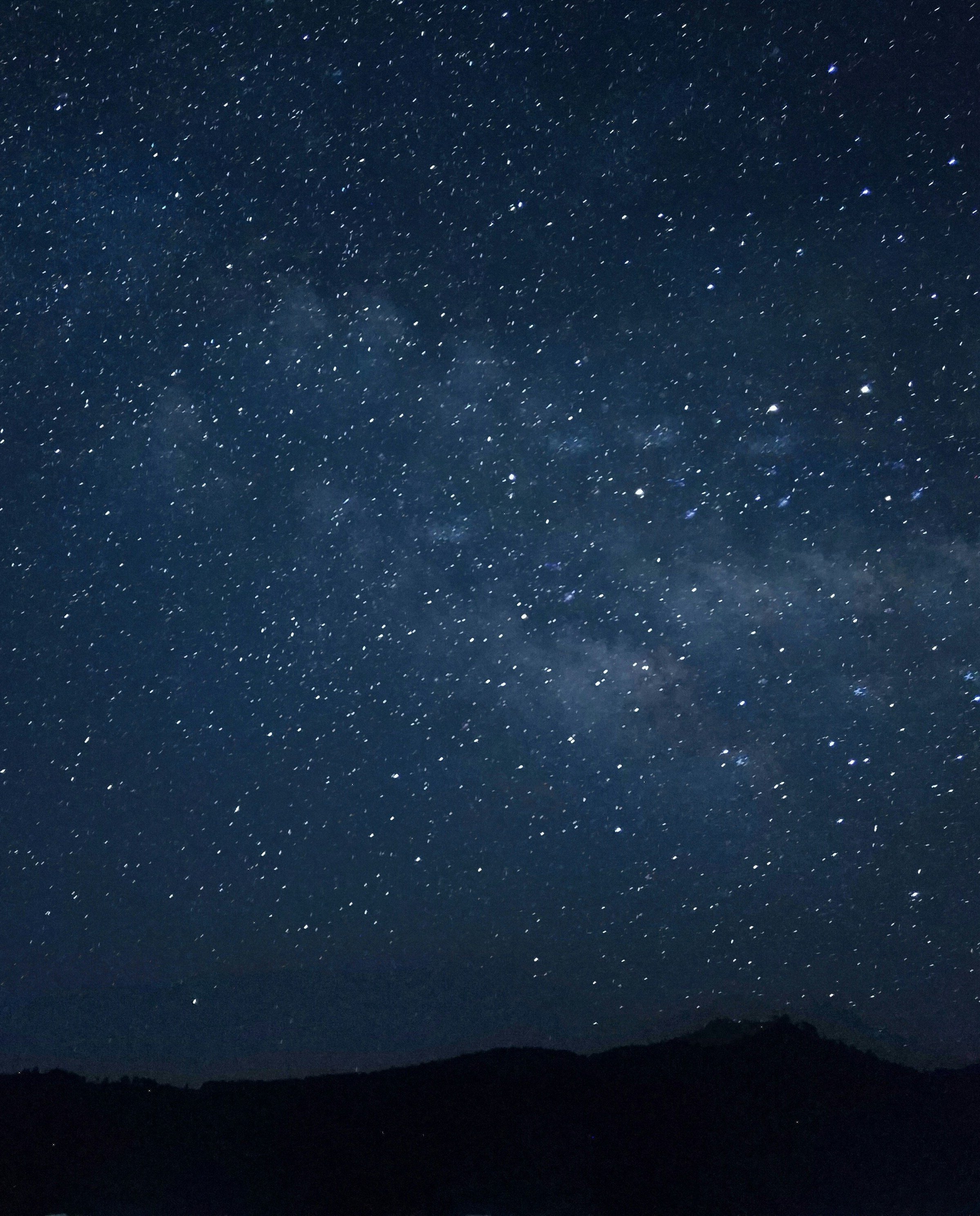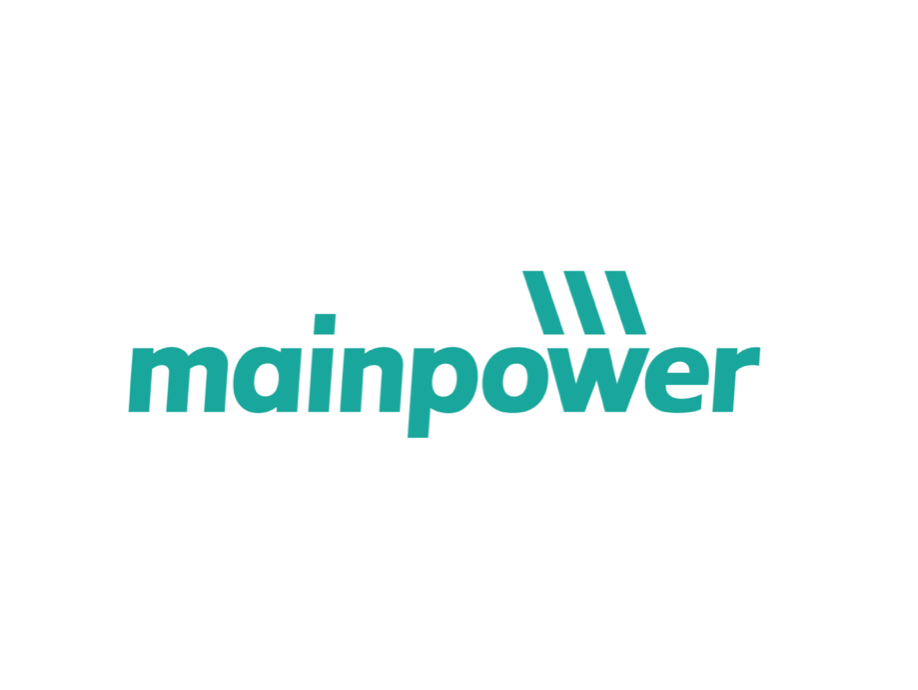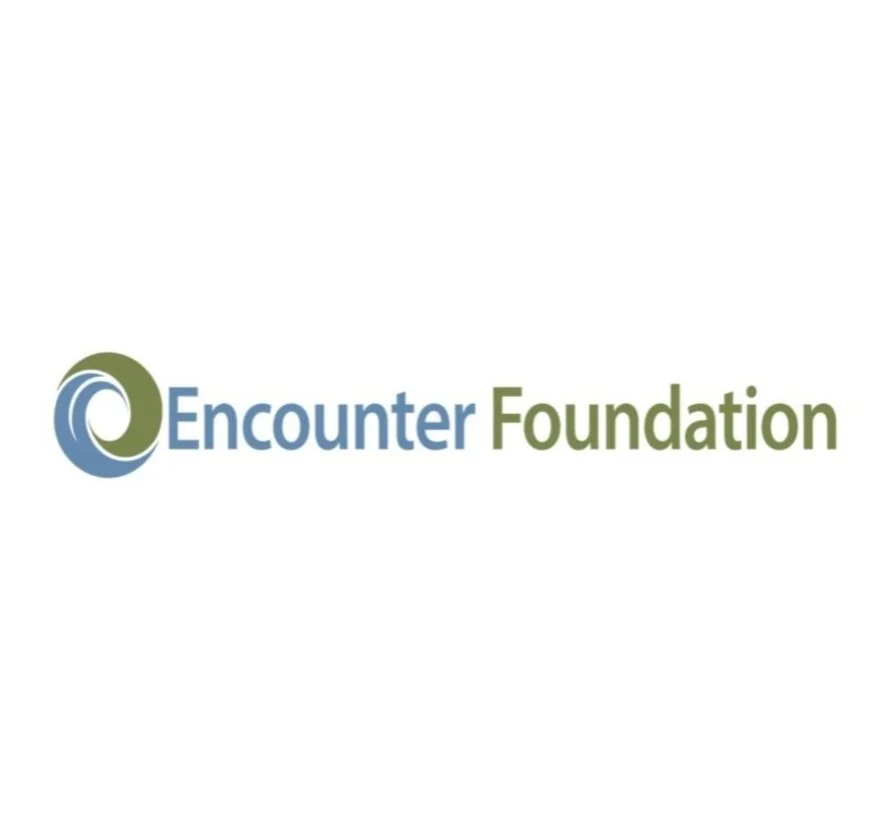
Hutton’s Shearwater
Unique Seabird
The Hutton’s shearwater/Kaikōura tītī is an endangered seabird endemic to Kaikōura. The species is renowned as being the only alpine breeding seabird in the world, breeding high in the Seaward Kaikōura Ranges at elevations of 1,200 to 1,800 m. The Hutton’s shearwater is one of the few pelagic seabirds to solely breed on Aotearoa’s mainland.
When Hutton’s shearwater colonies were rediscovered in 1964, there were eight colonies remaining. At least ten colonies formerly existed in both the Seaward Kaikōura and Inland Kaikōura Ranges; and there is evidence that the species may have bred beyond these mountain ranges.
Today only two remnant breeding colonies remain in the Seaward Kaikōura Ranges, on conservation land in the headwaters of the Kowhai River and on private land at Shearwater Stream. An insurance colony was established with translocated chicks within a predator-proof enclosure on the Kaikōura Peninsula.
Threats
From an estimated population once numbering millions of birds, introduced mammals, changes in land use and climate change have decreased the Hutton’s shearwater population significantly. A range of human related threats are driving population declines, impacting the last two remaining natural breeding colonies.
Land-based threats include predation by introduced mammalian predators, unstable hillsides at breeding colonies post-earthquake, and light disorientation resulting in crash landings. Sea-based threats include fisheries, plastic pollution, and global warming induced marine heatwaves which are increasing sea surface temperatures (suppressing prey to cooler depths, decreasing foraging success, resulting in poor body condition and starvation).
Light Disorientation
Kaikōura lies in the flight path of these rare seabirds, which travel between the mountain breeding colonies and the sea from August to April. Route selection is based on temporal and spatial determinants. Visual cues needed for navigation to the ocean at night depend upon the ambient light of the moon and stars. Artificial lights interfere with celestial navigational cues, causing disorientation and crash landings (termed ‘fallout’).
Crash landing is more frequent during poor weather, when overcast skies and rain interfere with stellar navigational cues. Without these cues, nocturnal shearwaters are significantly impacted by disorientation from township lights. During inclement weather the sky glow of Kaikōura affects shearwaters more severely, which is further compounded by wet roads resembling the sea surface, and reflecting lighting back into the night sky.
The primary reason for this is light pollution from street lighting, as well as commercial and residential lighting. Crash landing primarily occurs on roads due to street lights, at commercial sites with flood lights, as well as in residential backyards. Localities such as Beach Road, the Esplanade and Torquay Street are typically sites with high numbers of downed shearwaters.
Hutton’s shearwater adults crash land throughout the breeding season from August to March; while young Hutton's shearwaters fledge during March and April, upon departing breeding colony burrows for their maiden voyage to sea. During the fledgling period hundreds of shearwaters can ground due to light disorientation.
Crash Landing
Crash landing data is based on recorded numbers of rescued and deceased shearwaters, however unaccounted for individuals could potentially drive this number to >1,000 individuals in some seasons. The shearwaters that are reported represent a fraction of the total annual fallout, with rescue for release significantly increasing survival probability.
As Hutton’s shearwaters are pelagic seabirds which spend 90% of their lives at sea, they are significantly less immobile on land. Once grounded due to light disorientation, crash landed Hutton's shearwaters are often unable to become airborne as they may be impaired, and typically rely on thermal updrafts from the crest of waves or hillsides to take flight. Grounded birds are therefore generally unable to return to sea, nor able to evade predators or oncoming traffic prior to attempted dawn take off.
Without rescue Hutton’s shearwaters subsequently succumb to vehicle strike, crash landing injuries, cat/dog predation, and starvation/dehydration. Crash landed shearwaters require rescue for release at sea, while those that suffer from injuries require treatment for rehabilitation or euthanasia.
Township lighting is responsible for considerable losses, and positive steps are being taken to address lighting issues and improve outcomes. Collectively we have a responsibility to address negative impacts and mitigate Hutton’s shearwater mortality induced by land-based artificial lighting. Sea-based light spill from vessels is equally an issue. Mitigation measures should be based on avoidance and minimisation of fallout.
Community Action
To reduce light-induced mortality the most immediate action has been the FLY SAFE rescue programme by the Hutton’s Shearwater Charitable Trust, with volunteers rescuing crash landed shearwaters via night patrols during the peak fledging period from March to April.
The Kaikōura Dark Sky Trust recently achieved International Dark Sky Sanctuary status, with the aim of protecting the night sky by addressing light pollution. Policy changes relating to lighting regulations will have significant ecological benefits and aid the species by mitigating fallout numbers.
Emergency Care
Rescued Hutton’s shearwaters which are unwell or injured rely on emergency care. Until capacity building is achieved, shearwaters require transfer for rehabilitation. With the establishment of the Trust to develop wildlife veterinary services via the Kaikōura Wildlife Hospital centre, the future looks brighter for Hutton’s shearwaters.
Hutton’s shearwaters are a primary patient in care to treat crash landing impact injuries, vehicle strike and predation wounds, as well as poor body condition. Each year rescued shearwaters (adults and fledglings) receive treatment, enabling recovery and release. For an endangered species, aiding individual birds to safeguard future breeding potential in the population is vital.
Outreach to raise awareness on crash landed shearwater rescue is ongoing. A recent focus has been upgrading the Hutton’s Hub (community drop off point), implementing a portacom wildlife unit, and working with businesses towards seabird friendly lighting.
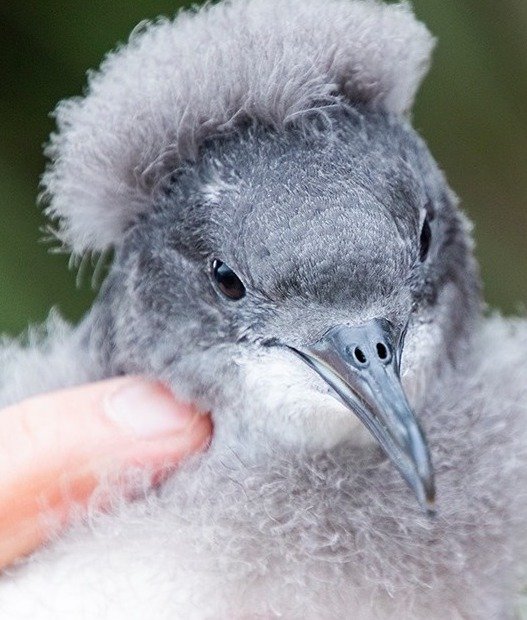

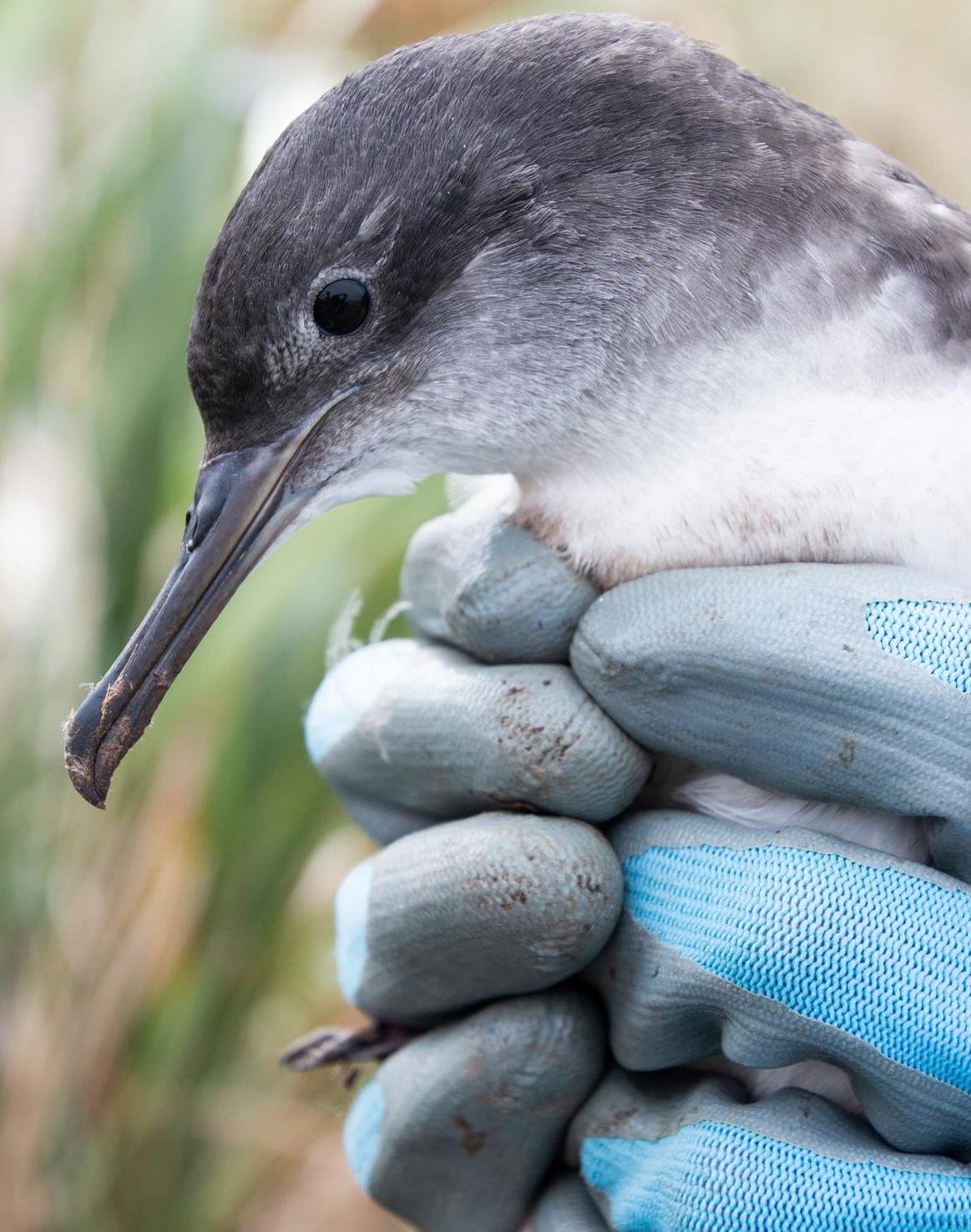
How To Help
-
If you are in Kaikōura during the breeding season from August-April, please look out for our endangered seabird, particularly on roads. Please drive carefully at night and in poor weather. Grounded shearwaters require immediate rescue.
Please call the Hutton’s Shearwater Charitable Trust on 027 442 4281 if you require advice.
-
If you find Hutton’s shearwater adults during the breeding season from August-February, please rescue immediately and facilitate self-release or handover.
Healthy lively shearwater adults can be released into the sea from wharves or boat ramps, by placing shearwaters on the water to let them swim, dive or fly off.
If you are unable to self-release rescued shearwaters, please handover to Encounter Kaikoura (business hours only), for release at sea via Albatross Encounter tours.
-
If you find Hutton’s shearwater fledglings from March-April, please rescue immediately and drop off at the HUTTON'S HUB next to the Department of Conservation office on 115 Ludstone Road.
Please call the Hutton’s Shearwater Charitable Trust on 027 442 4281 if you require advice.
The Hutton’s Hub is checked by Fly Safe volunteers daily during the peak crash landing period for young shearwaters. Shearwaters will be assessed, weighed and banded for release.
Unwell shearwaters may be transferred for treatment, or VetCare Kaikoura for euthanasia.
-
Please take unwell Hutton’s shearwaters to VetCare Kaikoura during business hours, or call the Hutton’s Shearwater Charitable Trust on 027 442 4281 if you require assistance. Alternatively, you can call the Department of Conservation via the DOC Hotline on 0800 362 468 after hours.
Shearwaters with severe injuries from crash landing impact, vehicle strike or cat predation will be euthanised.
Shearwaters with a chance of recovery (e.g. head trauma, mendable fractures, or emaciation) will be transferred for treatment and rehabilitation.
